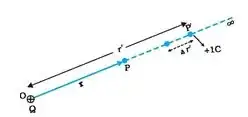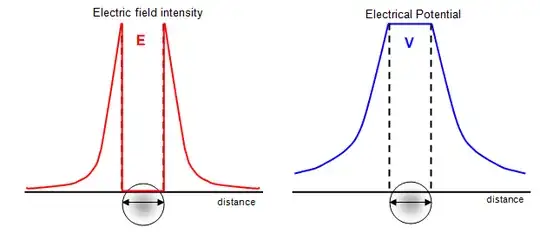As a general concept, potential energy of a configuration is equal to the work done by an external force against an existing conservative force. It is this work done that gets stored in the body as its potential energy. This way I can calculate the electric potential at any particular point in an electric field.
Let's calculate the potential of the following configuration:

The charge $q$ (i.e. 1C) is being moved towards $Q$, against the electrostatic force of repulsion due to $Q$. Let it be moved by a small distance $dr$ towards $Q$, so that the work done by external force is $F.dr$, which must come positive as the external force and the displacement are along the same direction. However, this conclusion would give me a negative electric potential on integration for limits $infinity$ to $r$. The book says electric potential must come positive, where have I gone wrong? Some books try to explain this by calculating the work done by electric force and not the one due to external force.
It may be a possible duplicate of Why is electric potential positive? but I haven't got answers at that place as well
